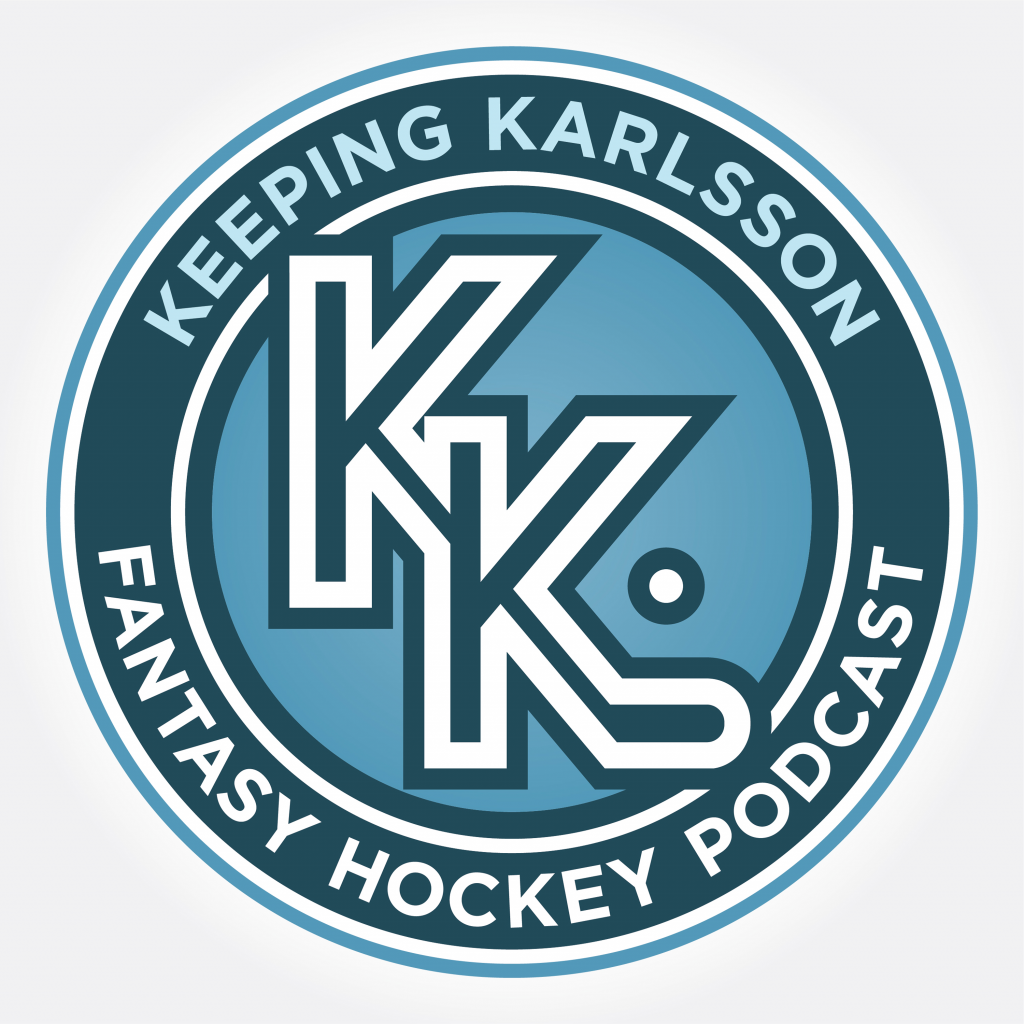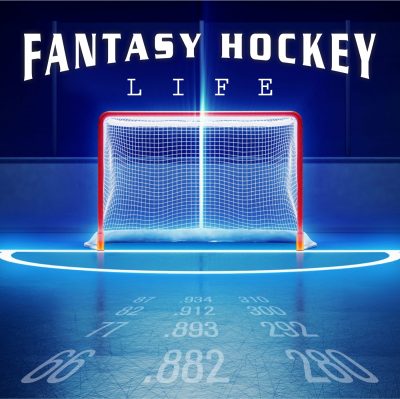
Confession: I've got a bit of an itchy trigger finger.
I'm always scheming new ways to improve my chances. Not surprisingly, I'm one of the most frequent traders in my keeper league, and I've already burned through more than half my transaction bid money in the Dobber Pro League, with Christmas still in front of me (though a slew of injuries is partially to blame for that).
That's my team management style. But today I'm taking off my manager's hat and putting on my stylish commissioner's chapeau, and the question of the day is: how does one determine appropriate transaction limits for a fantasy league?
I've played in leagues that run the gamut from no transactions allowed (the team you draft is the team you end the season with), to no limits whatsoever. Some leagues have a trade deadline; others don't. Some allow trades between teams but no pick-ups from the waiver wire; others allow daily add/drops and implement complex waiver priority systems.
Usually, my guiding principle is, WWGD? (What Would Gary Do?) I kid, of course – I'm not a big fan. But I do ask, WDNHLD? What does the NHL do? On the face of it, the answer is obvious: while the NHL does have limits on roster size and the total number of players an organization may have under contract, there's no fixed limit on the number of transactions a team can make per season. So implementing a transaction limit may strike some as artificial and unrealistic.
But as is often the case, it's not as easy as just adopting NHL rules for my fantasy league. The reality is, though there's no legal limit on transactions in the NHL, there are practical limits. You just don't see NHL teams dropping three players from their roster and replacing them with three new ones on a weekly basis, which is a familiar scenario in fantasy leagues that allow a free-for-all. In the NHL, a team's roster at the end of the season is rarely more than 20% different than the one it iced to start the year, and most of those changes come from within the organizational system (call-ups from the minors, etc.) So while a transaction limit may seem like a foreign concept, the net result may be a fantasy league that operates more like the NHL.
It’s always tricky to examine an issue like this in isolation from other rules, because no rule exists in a vacuum. Always consider your rulebook as a whole, and think through how your various rules will play out in conjunction with one another. The suggestions I make here could very well change depending on the circumstances of your league. So, rather than giving you my opinion right now, I'll lay out some factors for you to consider as you mull your approach to transaction limits. Then, at the end, I'll let you in on my general approach to this thorny issue.
Questions to Consider
Philosophy: What kind of league do you want? Do you want it to be like the stock market, with assets (players) being shuffled in and out of your portfolio (roster) like penny stocks? Or do you favor a slow build approach more typical of the NHL, in which teams are built primarily through the draft and during the off-season, with relatively little turnover from October through May? In other words, which thrills you more – the frantic excitement of day trading, or the lasting satisfaction of patiently building a winner with a series of shrewd moves over a longer period of time? Both have their rewards.
The Draft: How much value do you want to place on the draft? Will it be the primary factor determining success or failure at the end of the year, or is it a mere starting point, after which the deck will be shuffled any number of times throughout the season?
GM Interest Level: Considering your pool of GM’s, which system suits them best? Do you have a league full of committed, knowledgeable GM’s who will stay on top of their roster and take full advantage of every opportunity to improve their team? Or will three quarters of them lose interest by Christmas, allowing the few hardcore owners to run away from the pack? In short, which approach will make your league the most fun for the most people?
Bench and Farm Size: How big are your benches? Do you have a farm system, and if so, is there freedom to move players up and down? Teams need to have some way of keeping themselves competitive when the injury bug strikes. If you’ve got lots of players on your farm or bench who can be moved into your lineup, there may not be as great a need for lots of free agent signings or waiver wire pick-ups during the season.
Salary Cap: Does your league have a salary cap, and if so, how will transactions be handled? If a player is dropped, does his salary count against his old team’s cap? If that player is scooped up by another team, how much salary are they on the hook for? In a salary cap keeper league, what about the salary for future seasons?
Mid-Season Draft: Will teams have a chance to shake up their roster through a mid-season draft around the all-star break? If so, there's less of a need for lots of ongoing roster tweaking.
Depth of Free Agent Pool: The list of available players looks a lot different in a 10-team league with 15-man rosters than it does in a 30-team league with 22-player rosters and farm teams that are 12 deep. How many signing-worthy players are actually likely to be in play during the season?
Looking Ahead: In a keeper league, what impact will a high transaction limit have on next season? Do you want your teams to be able to snap up the missed gems right away, or will it make next year’s draft more interesting if most of those players remain in the draft pool for next season?
The Commish's Take
With all these factors in play, I can't tell you what's best for your league. But as a general rule of thumb, I tend to favour more transactions in one-year leagues, and fewer in keeper leagues. (And when I say "transactions," I'm referring to add/drops, not trades between teams – I see no reason to ever put a limit on trading.)
In a keeper league, teams are in it for the long haul, and it's more about building a good team over time than looking for quick fixes on the waiver wire. The teams in my league can cope with injuries fairly easily for the most part, as we have seven bench players, and additional players can be called up from the farm. As a result, we limit it to two free agent signings per season. This allows us to get the best "missed" players into the league quickly, so when Craig Smith and Matt Read came out of nowhere early this season, they were quickly plucked. At the same time, there will still be lots of interesting players available for our next draft.
In a one-year league, there's no tomorrow. Transactions this season have no impact on next year's draft, and no one is building for the future. I still want to maintain some semblance of stable teams and not just a rotating cast of characters, but a higher transaction limit generates excitement and keeps more teams in contention, deeper into the season. Might as well live for the moment and let it roll!
So, what kind of transaction limits have you put in place? And as a manager, are you a frequent mover and shaker, or a slow and steady hand?

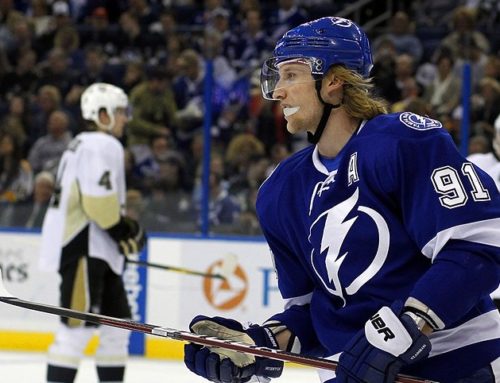
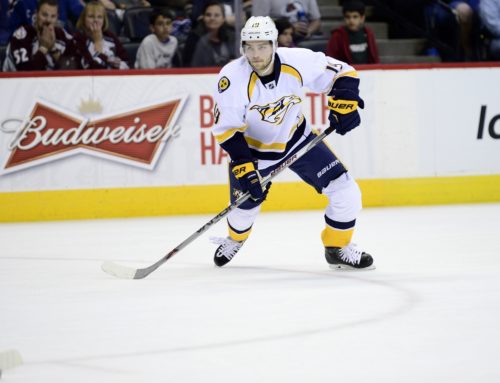
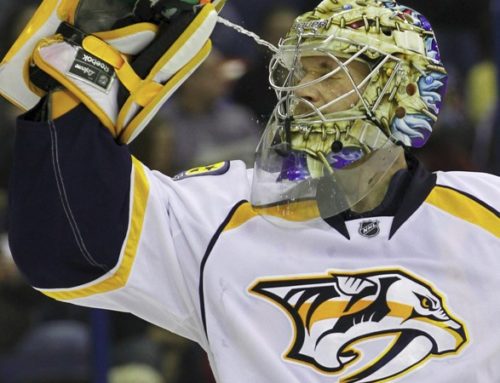
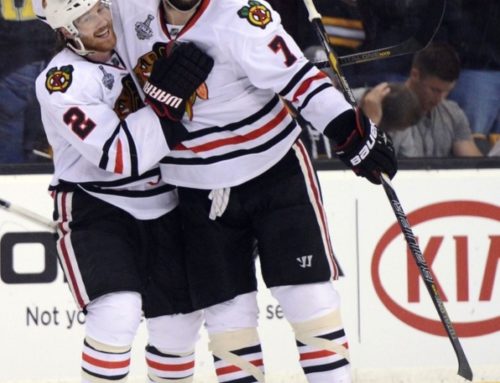
 EDM
EDM FLA
FLA CHI
CHI ANA
ANA CGY
CGY PIT
PIT